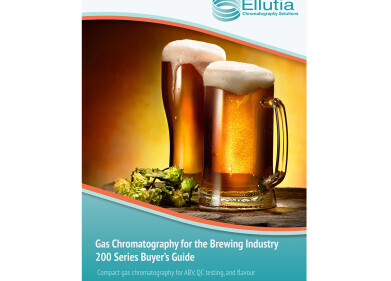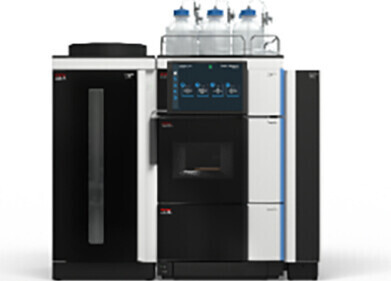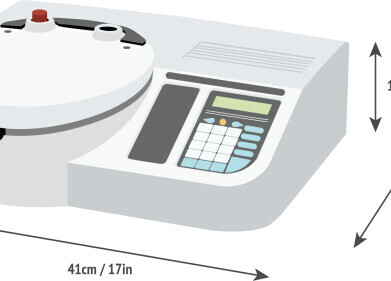Chromatography
Can COVID Live on Food Products in Shops?
Feb 15 2021
With many outbreaks traced back to supermarkets, the question of whether SARS-CoV-2 can live on food products has been raised around the world. While Public Health England has reassured members of the public it is “very unlikely that COVID-19 is transmitted through food or food packaging”, it is possible and both employees and customers should remain vigilant.
The World Health Organisation has issued similar advice, saying “There is currently no evidence that people can catch COVID-19 from food or food packaging. COVID-19 is a respiratory illness and the transmission route is through person-to-person contact and through direct contact with respiratory droplets generated when an infected person coughs or sneezes.”
Understanding the R0
New research from Imperial College London (ICL) warns the SARS-CoV-2 variant that first appeared in England and has now spread around the world has a “substantial transmission advantage” compared to previous strains. Known as RO, transmission advantage is used to gauge how infectious a virus or disease is. Researchers say the R0 of the new strain is between 0.4 to 0.7 points higher, meaning its reproduction number could be as high as 1.8. So what does this mean for transmission via food and packaging? Thankfully, not a lot.
Surviving and multiplying not possible
While COVID-19 can spread quickly between humans, the WHO stresses that coronaviruses cannot survive and multiply in food. The virus needs a live human or animal host to multiply and cannot thrive on food or packaging.
Food-to-human transmission
While unlikely, there are some scenarios where a person could become infected with COVID-19 via food or packaging. This could occur if an infected person contaminated an item of food or packaging with infected droplets. If another person then touched these surfaces and then touched their face, transmission could occur.
Washing fruit and vegetables
According to WHO, washing fruit and vegetables with potable water is adequate.
Environments risker than food itself
Food and packaging may not pose a high risk, however environments such as shopping centres and restaurants are a different story. Human traffic is high and there are plenty of hard surfaces for the virus to live on if it’s spread through coughing, sneezing or even talking. Social distancing instore, as well as frequent hand sanitising and avoiding touching the face is one of the best ways to increase safety in these types of environments.
While COVID-19 may not be a high risk, there are growing concerns surrounding the presence of per- and polyfluoroalkyl substances (PFAS) in foods. Find out more in ‘New Concerns about PFAS in Food: The Convergence of Environmental Contamination and Food Safety.'
Digital Edition
Lab Asia Dec 2025
December 2025
Chromatography Articles- Cutting-edge sample preparation tools help laboratories to stay ahead of the curveMass Spectrometry & Spectroscopy Articles- Unlocking the complexity of metabolomics: Pushi...
View all digital editions
Events
Jan 21 2026 Tokyo, Japan
Jan 28 2026 Tokyo, Japan
Jan 29 2026 New Delhi, India
Feb 07 2026 Boston, MA, USA
Asia Pharma Expo/Asia Lab Expo
Feb 12 2026 Dhaka, Bangladesh



















